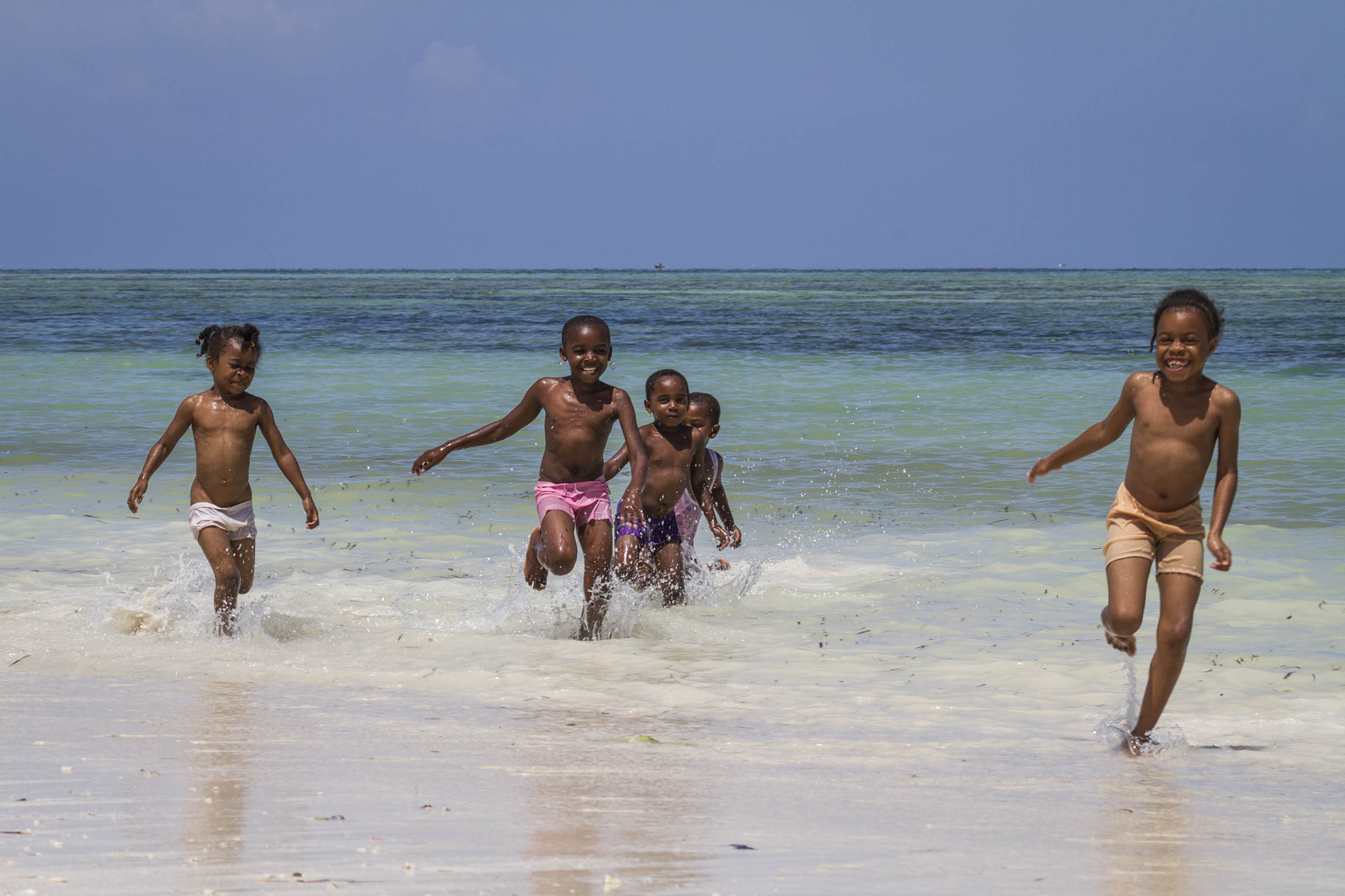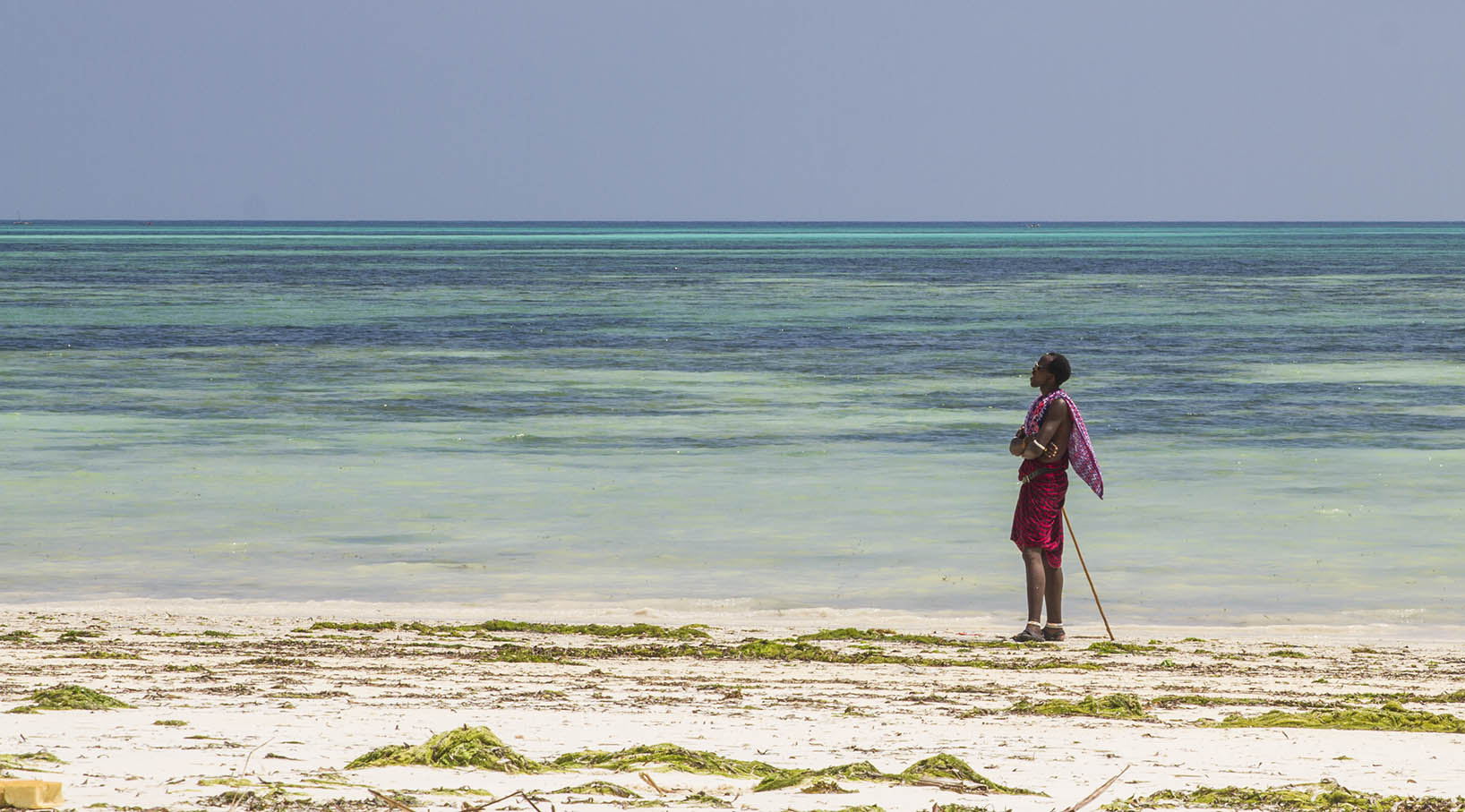Slow travel (or the art of pole-pole).
“You don’t really travel to move around, you travel to be moved.”
- Pico Iyer
Wait. Stop the car. What if we turn around? This was the turning point (literally) in our New Zealand road trip and the culmination of our new approach to travelling. Prompted by our old habits, we were planning to tick off all the Southern Island highlights in just over a week, from visiting the enticing Marlborough wine region to climbing glaciers and bathing in the tropical waters of the North, but something in the back of our heads was telling us that maybe it’d be too much and certainly it’d be too rushed. So after the first 100 Km, we confronted the nagging fear of missing out and decided to cut down on the plans and simply do the whole thing slower, spending more time savouring not just the fewer places we visit, but also the journey there. It wasn’t an easy decision, after all we were in the antipodes, as far as we can be from home (so who knows if we’ll ever be back) and we were consciously deciding to miss out on some pretty cool stuff.
Tasman Glacier, New Zealand. An unreal landscape.
We know we’re not alone on this one. In Queenstown we met a Spanish couple on their honeymoon, they were on a road trip too and they were doing all the activities on offer: helicopter flight over Franz Josef, canyoning in freezing waters, bungee jumping… the whole adrenaline high package, but they were worried that they would get bored at their next destination: Bora Bora (yes, you read it right). They thought that there might not be enough things to do. What kind of society do we live in where someone worries about getting bored in a paradise island on the Pacific Ocean? We are so used to constant stimulation that the prospect of spending some quiet time seems daunting.
It’s no surprise that the moment you consciously decide to take things slower, you feel an immediate relief.
For us, after almost a year travelling, the change to doing less but savouring more is becoming a regular practice. At first we dreaded the very idea, but soon (and with no little effort) we started noticing the phenomena that psychologist and mindfulness teacher Tara Brach talks about: when you go half as fast, you notice twice as much. We are so used to making the most of our time, maximising the opportunity and squeezing in every experience, that not only we end up numb to new experiences after such saturation, but we often spend a lot of time planning for the next thing rather than enjoying the moment we had planned for so hard. Anxiety creeps in fast and after the initial excitement wears off, your body and mind can feel tired in the middle of all these beautiful things, so it’s no surprise that the moment you consciously decide to take things slower, you feel an immediate relief. It’s not about not doing, but about allowing plenty of time to really be present.
Mount Kilimanjaro, Tanzania. A rare glimpse of the peak uncovered by clouds.
The trap of course is that holiday time is very limited and we want to cram as many things as possible, so much the trip ends up like jumping from one cool, exciting thing to another marked by a variety of inconvenient gaps, you know: the queues at airports and ticket booths, the traffic jams, the restaurant’s impossibly slow service, the long exhausting walk to the waterfall… it seems like those not so glamorous moments are not part of the trip but the truth is not only they are, they usually form about 80% of it! With this realisation, we decided to be more present and enjoy those moments too so we took our time to give our full attention to the waiter trying to figure out why our faces look like a question mark, to appreciate the build up to the waterfall, to take the long route so we could enjoy our time on the road… and we’re so glad we did as now we starting to value every little thing no matter how seemingly mundane it is.
Zanzibar, Tanzania. Happy kids running to greet us.
“Polepole” said a young man from the Chagga tribe, it means “slowly-slowly, despasito!” As a final test to our own preaching, we found ourselves at the foothills of Mount Kilimanjaro, surrounded by a million things to do: safaris, trekking, coffee tours, visits to Masaai villages where you can pay 5 dollars for a photo with one of the stunning hunters…The possibilities were endless, but we decided to escape the tourist route and find the magic in the small things around us: walking around the dusty maroon streets covered in purple jacaranda flowers of Moshi, discovering surprisingly cool coffee shops, haggling over overpriced pineapples for tourists, trying to get a glimpse of the forever elusive Mount Kilimanjaro, feeling like rock stars high-fiving the kids on their way to school and simply mingling with the most welcoming locals. Once we managed to make peace with our fear of missing out, we felt relaxed, with zero pressure to cram up all the stuff or having to share our experiences on Instagram and we feel we are getting a real taste of the authentic polepole Tanzanian lifestyle.
For some ideas about travelling slow, check out our tips.
Zanzibar, Tanzania. A Maasai practising polepole.
JOIN THE KENSHO LIFE
Sign up to our newsletter to receive our latest guided meditations, news and articles.




